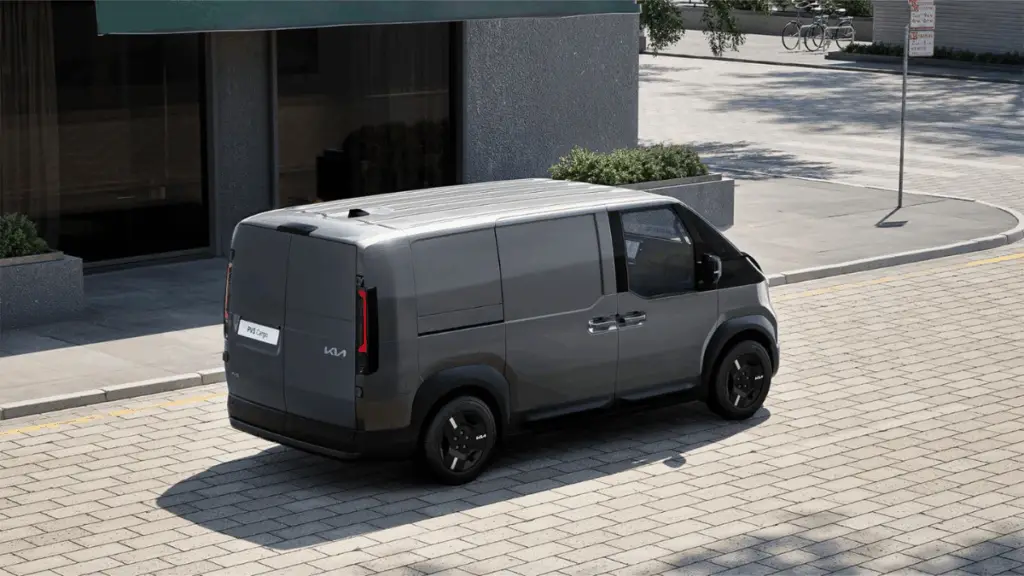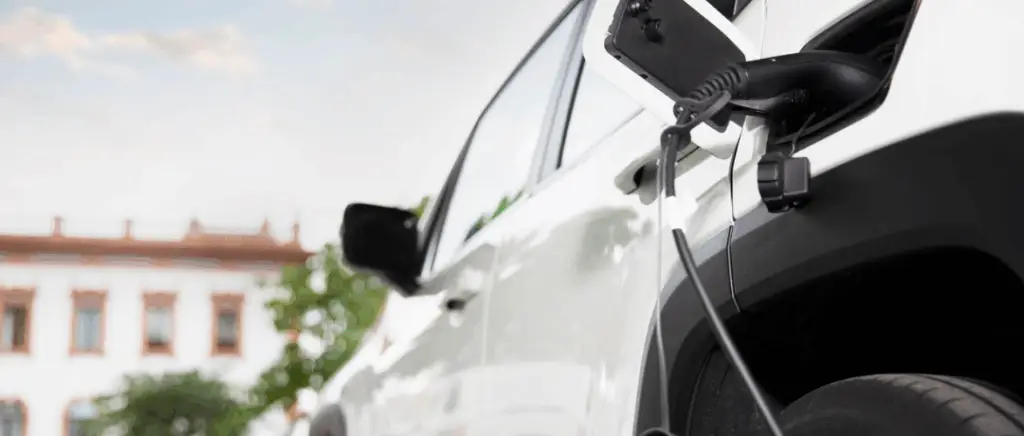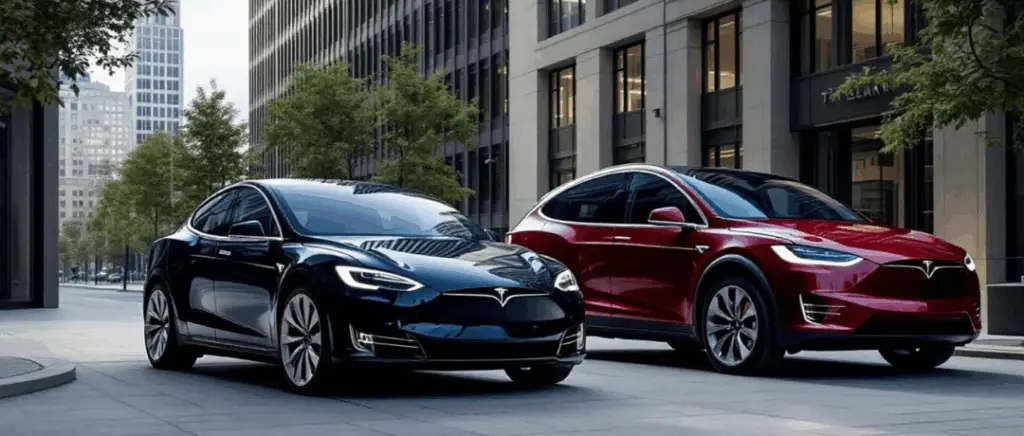The Renault 5 electric: a comeback
Renault 5 electric: a retro design revisited
The R5 E-Tech takes its design cues from the original Renault 5, giving it a retro yet modern look. On the outside, it retains iconic features such as the rectangular LED headlights, wider wheel arches, slimmer roof profile, full radiator grille and rectangular LED tail lights.
The modern look is evident in the bright yellow accents on the fog lamps, wheels and monograms, the sleek alloy wheels, the optional panoramic sunroof, bright colours such as Klein Blue, Topaz Yellow and Vibrant Orange, and the '5' logo in several places on the body.
The interior combines modernity and nostalgia, with a customisable 10-inch digital instrument panel, a 7-inch (or optional 9.3-inch) central touchscreen compatible with Android Auto and Apple CarPlay, top-of-the-range materials, comfortable seats and a sleek design with bright yellow accents.
With dimensions of 3.89 metres in length, 1.73 metres in width, 1.55 metres in height and a wheelbase of 2.48 metres, the Renault 5 E-Tech seduces with its successful design, modern technologies and dynamic performance, brilliantly combining retro charm and electric modernity.
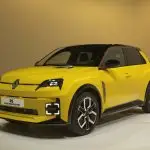
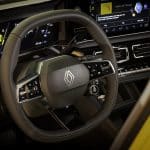
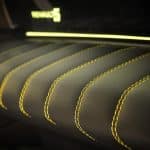
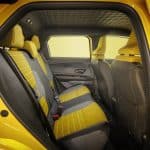
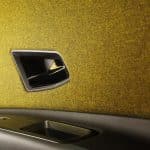




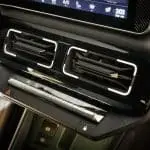





Renault 5 electric: a autonomy 400 km for a stress-free drive, perfect for everyday journeys
The Renault 5 marks the beginning of the era of the AmpR Small platform, formerly known as CMF-BEV. Designed for electric carsThis base has its origins in the Clio's internal combustion platform, enabling Renault significant savings. For example, the front axle is identical to that of the Clio, while the rear adopts a multi-link geometry, a significant advantage for a vehicle in this category. Renault aims to offer an urban electric driving experience that is both enjoyable and dynamic.
In order to reduce costs, Renault has optimised the design of the battery. From launch, the R5 will be equipped with a 52 kWh battery, similar to that of the Zoé, but simplified to just four modules instead of twelve. Renault has opted for NMC (Nickel Manganese Cobalt) rather than the more cumbersome but cheaper LFP.
Thanks to this 52 kWh battery, Renault promises a range of 400 km, more than enough for a city car. This capacity is complemented by a 110 kW (150 bhp) engine, enabling the R5 to reach 100 km/h in less than 8 seconds.
Renault is relying on synchronous wound rotor technology, which has been improved on that used in the Mégane, to make the car lighter and more compact. The new braking system, combining braking and ESP in a single module, frees up space under the bonnet, although there is no boot at the front.
Eventually, Renault plans to introduce a 40 kWh battery, made up of three modules, offering a range of around 300 km. Models equipped with this battery will be available with 70 kW (95 bhp) and 90 kW (120 bhp) engines.
In terms of recharging, the R5 will be equipped with an 11 kW charger as standard. Models equipped with the 52 kWh battery will be able to benefit from rapid DC charging of up to 100 kW. Versions with the 40 kWh and 120 hp battery will be limited to 80 kW, with this option not available for less powerful versions.
In addition, the majority of models feature an 11 kW on-board charger with two-way charging capabilities, including V2L (Vehicle-to-Load) and V2G (Vehicle-to-Grid) options. V2L allows small electrical appliances to be connected and powered, while V2G can save up to 50 % on home charging costs, by charging the vehicle when the electricity tariff is low and selling the electricity back to the grid at peak prices. This requires a charging point and an appropriate electricity contract.
To simplify charging on the move, the R5's Open R Link multimedia system includes a route planner and Plug & Charge functionality, enabling automatic management of charging and billing simply by plugging in.
The Renault 5 electric: less than €30,000 with the ecological bonus
The Renault 5 electric will be available for less than 30,000 with the €4,000 environmental bonus deducted.
- The Techno version with 52 kWh battery (410 km range) will be priced at 33,490 euros. After deduction of the €4,000 environmental bonus, the price will fall to €29,490.
- On a 37-month long-term lease, the Techno version will be available from 280 euros/month with an initial rental of 3,500 euros, after deduction of the 4,000 euros environmental bonus and the 1,500 euros conversion premium.
However, the entry-level version with a 40 kWh battery (300 km range), advertised at 25,000 euros excluding the bonus, will not be available until 2025. If the €4,000 environmental bonus is maintained, this version could be offered from €21,000.
In short, from its launch at the end of 2024, the Renault 5 electric car will be available for less than €30,000 thanks to the environmental bonus, but only for the Techno version with long-range battery.
The Renault 5 electric: what are the city car rivals?
The Renault 5 electric car will have several competitors in the small electric city car market:
Citroën ë-C3
The Citroën ë-C3 is one of the Renault 5's main rivals. With a 44 kWh battery, it offers a range of 320 km WLTP. Prices start from €19,300 with the environmental bonus, around €10,000 less than the Renault 5.
Peugeot e-208
La Peugeot e-208 shares its technical platform with the electric Opel Corsa. It will be a direct competitor to the Renault 5, with a slightly more premium positioning..
Opel Corsa electric
Like the Peugeot e-208, theOpel Corsa will rival the Renault 5 in the electric city car segment.
Lancia Ypsilon electric
Planned for 2024, the electric Lancia Ypsilon will bring a more upmarket touch with a premium positioning. It will share its technical base with the Peugeot e-208 and the Opel Corsa.
Mini electric
Although slightly more expensive, the new Mini electricproduced in China, will also compete with the Renault 5, particularly its top-of-the-range versions and the Alpine A290.
Broadly speaking, the Renault 5 electric's main rivals will be the electric city cars from the Stellantis groups (Citroën ë-C3, Peugeot e-208, Opel Corsa, Lancia Ypsilon) and the electric Mini.
Overview of the Renault 5 electric and its city car rivals
| Voiture | Batterie (kWh) | Autonomie WLTP (km) | Consommation électrique (kWh/100 km) | Puissance de recharge max (CC) | Temps de recharge pour 80% (minutes) | Prix de base (€) |
|---|---|---|---|---|---|---|
|
Citroën ë-C3 |
44
|
320
|
13.2
|
100 kW
|
25
|
27800
|
|
Peugeot e-208 |
50
|
360
|
14.8
|
100 kW
|
30
|
29800
|
|
Opel Corsa electric |
50
|
360
|
14.8
|
100kW
|
30
|
28200
|
|
Lancia Ypsilon electric |
50
|
480
|
13.8
|
100kW
|
30
|
30000
|
|
Mini Electric |
32.4
|
230
|
16.3
|
60kW
|
38
|
30200
|
|
Renault 5 E-Tech (52 kWh) |
52
|
410
|
14.9
|
130kW
|
24
|
33490
|
Conclusion
The Renault 5 electric combines a modernised retro design with cutting-edge technology, offering a range of 400 km thanks to a 52 kWh battery. Available for less than €30,000 after the environmental bonus, it offers dynamic, comfortable driving for urban journeys.
Competing against the likes of the Citroën ë-C3 and the Peugeot e-208, it stands out for its style and performance.
For more information on electric cars, Beev, which specialises in this field, can help you.
With Beev
Switch to
Electric cars
or install your
Charging station
For individuals and businesses






























